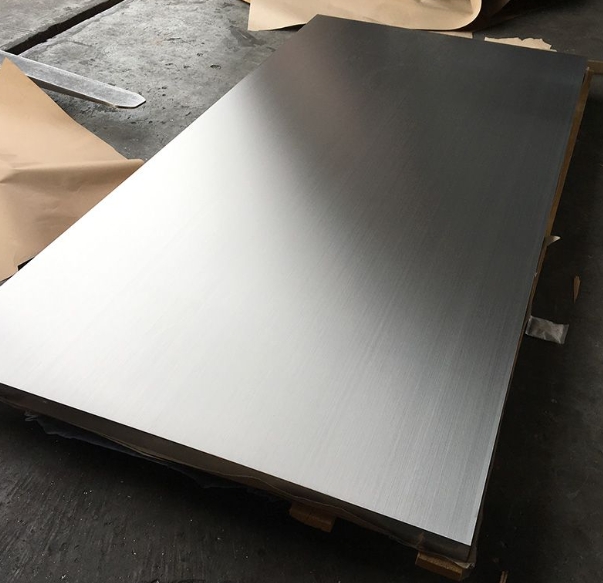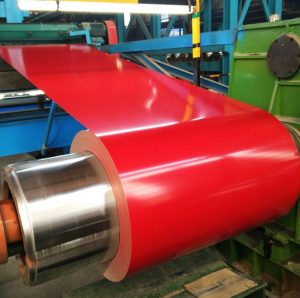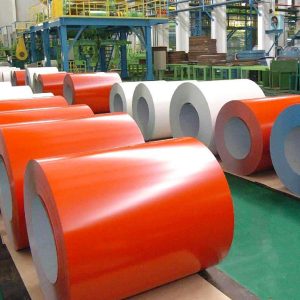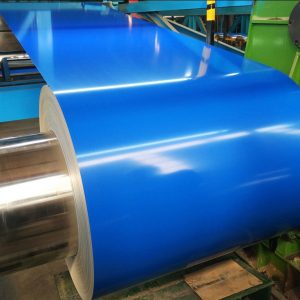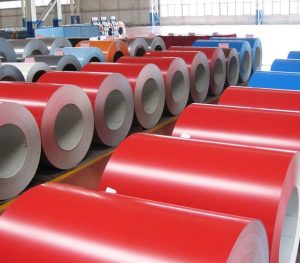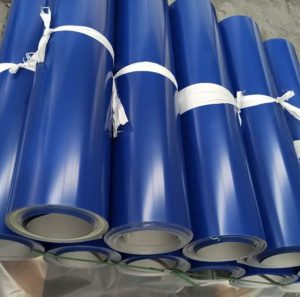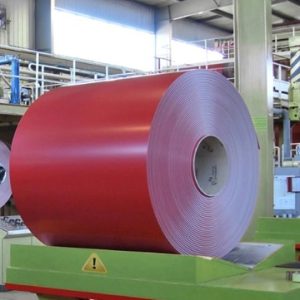In the realm of advanced manufacturing, selecting the right material is paramount. Among the myriad of options, 7075 Aluminum Plate stands out due to its exceptional strength-to-weight ratio, making it a preferred choice for industries where performance and durability are critical. This article delves into the multifaceted advantages of 7075 aluminum, particularly in aerospace, automotive, and high-performance applications.
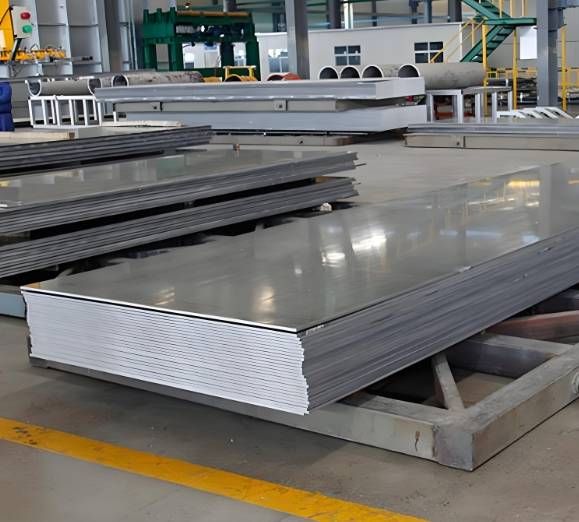
What Is 7075 Aluminum Plate?
7075 aluminum alloy is a high-strength, heat-treatable aluminum-zinc-magnesium-copper alloy. Renowned for its superior mechanical properties, it is commonly used in applications requiring high strength and low weight. The alloy composition typically includes:
-
Zinc (Zn): 5.1% – 6.1%
-
Magnesium (Mg): 2.1% – 2.9%
-
Copper (Cu): 1.2% – 2.0%
-
Chromium (Cr): 0.18% – 0.28%
-
Aluminum (Al): Balance
This specific composition imparts 7075 aluminum with its remarkable strength and resilience.
Key Benefits of 7075 Aluminum Plate
1. Exceptional Strength-to-Weight Ratio
7075 aluminum offers one of the highest strength-to-weight ratios among aluminum alloys. For instance, in the T6 temper, it boasts a tensile strength of 572 MPa and a yield strength of 503 MPa, making it comparable to many steels in terms of strength but significantly lighter.
2. Superior Fatigue Resistance
Components subjected to cyclic loads benefit from 7075 aluminum’s excellent fatigue resistance. This property is crucial in aerospace applications, where parts like wing spars and fuselage frames endure repetitive stress.
3. Enhanced Machinability
Despite its high strength, 7075 aluminum is relatively easy to machine. Its good machinability allows for precise fabrication of complex parts, reducing production time and costs.
4. Effective Heat Treatment Response
7075 aluminum responds well to heat treatment processes, particularly the T6 and T73 tempers. These treatments significantly enhance its mechanical properties, ensuring components meet stringent performance standards.
5. Versatility in Applications
The unique combination of strength, weight, and machinability makes 7075 aluminum suitable for a wide range of applications, including:
-
Aerospace: Aircraft structures, landing gear, and missile components.
-
Automotive: High-performance vehicle parts and racing components.
-
Sports Equipment: Bicycle frames, climbing gear, and archery equipment.
-
Military: Weaponry and defense-related structures.
Comparative Analysis: 7075 vs. 6061 Aluminum Plate
| Property | 7075 Aluminum Plate | 6061 Aluminum Plate |
|---|---|---|
| Tensile Strength (MPa) | 572 | 310 |
| Yield Strength (MPa) | 503 | 276 |
| Elongation (%) | 11 | 12 |
| Fatigue Strength (MPa) | 159 | 110 |
| Machinability | Good | Excellent |
| Corrosion Resistance | Moderate | Good |
| Weldability | Poor | Good |
This comparison highlights 7075’s superior strength and fatigue resistance, making it ideal for high-stress applications, while 6061 offers better machinability and corrosion resistance for general-purpose use.
Common Misconceptions About 7075 Aluminum Plate
⚠️ Misconception 1: “7075 Aluminum Is Always the Best Choice”
While 7075 aluminum offers exceptional strength, it may not be the best choice for all applications. Its lower corrosion resistance and poor weldability can be limiting factors. Assessing the specific requirements of your project is crucial before selecting this alloy.
⚠️ Misconception 2: “7075 Aluminum Is Difficult to Machine”
Despite its high strength, 7075 aluminum is relatively easy to machine. Using appropriate tools and techniques can yield precise and clean cuts, facilitating efficient production processes.
Practical Guide: Working with 7075 Aluminum Plate
Step 1: Material Selection
Choose the appropriate temper (e.g., T6 or T73) based on the required strength and application.
Step 2: Cutting
Use carbide-tipped tools to cut the aluminum plate to the desired dimensions.
Step 3: Machining
Employ CNC machines for precise shaping and drilling.
Step 4: Heat Treatment
Apply heat treatment processes to enhance mechanical properties as needed.
Step 5: Surface Treatment
Consider anodizing or coating to improve corrosion resistance.
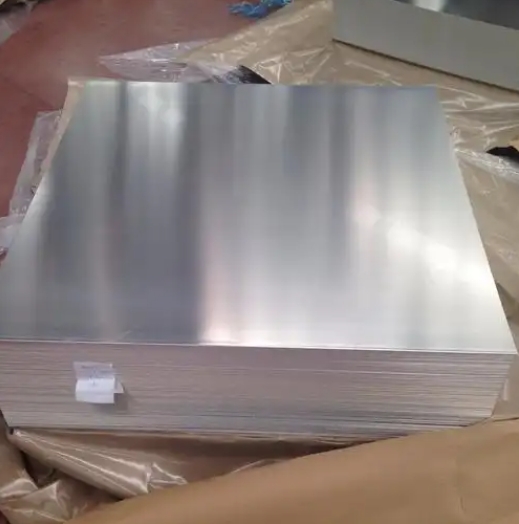
Checklist: Ensuring Optimal Use of 7075 Aluminum Plate
-
Confirm the alloy’s suitability for your specific application.
-
Select the appropriate temper for desired strength and properties.
-
Utilize proper machining techniques to maintain material integrity.
-
Apply suitable heat treatment processes to enhance performance.
-
Implement surface treatments to increase durability and corrosion resistance.
In conclusion, 7075 Aluminum Plate offers a unique blend of strength, lightness, and machinability, making it an excellent choice for demanding manufacturing applications. By understanding its properties and following best practices, manufacturers can leverage this alloy to produce high-performance components that meet stringent requirements.
For high-quality 7075 aluminum plates and expert guidance on material selection and processing, consider reaching out to Shanxi Luokaiwei Steel Company. With years of experience in the industry, they provide tailored solutions to meet your specific needs.
-
📧 Email: sales@luokaiweipipe.com
-
📱 WhatsApp: +86 18912200505


